Appalachians
One of TNC’s top priorities, this landscape spans 2,000 miles from Alabama to the Canadian Maritimes, a vast, nearly unbroken chain of forested mountains, valleys, wetlands and rivers.
From misty mountain peaks surrounded by lush greenery to babbling brooks and cascading waterfalls, the Appalachians are teeming with rich biodiversity, unique wildlife and inviting landscapes that narrate the region’s ecological tapestry. Whether you’re an avid birdwatcher, a hiking enthusiast or simply seeking the tranquility of nature, The Nature Conservancy's nature preserves and other protected areas in the Appalachians make an excellent excuse for a road trip any time of the year.
This isn’t a set route; it’s a choose-your-own-adventure journey that spans 18 states and can be tailored to your starting point and interests by using the maps below.
So pack your bags, set your sights on the open road and prepare to connect with nature in a way only the Appalachians can offer. Your adventure awaits!
The northern Appalachian region is characterized by its rugged terrain, dense forests and picturesque valleys. Known for its rolling hills and steep mountains, including the White Mountains in New Hampshire and Green Mountains in Vermont, the landscape is dotted with numerous rivers and lakes, providing stunning vistas and a haven for outdoor enthusiasts.
The region’s diverse flora and fauna thrive in its varied ecosystems, from hardwood forests to alpine meadows. In autumn, the northern Appalachians are particularly breathtaking, with vibrant foliage painting the hillsides in shades of red, orange and yellow.
In Maine, hike a boardwalk trail that provides a glimpse into the natural beauty of Maine’s wetlands. For the adventurous, head to the northernmost stop on the tour to visit a nature lover’s paradise with remote ponds and mature forests.
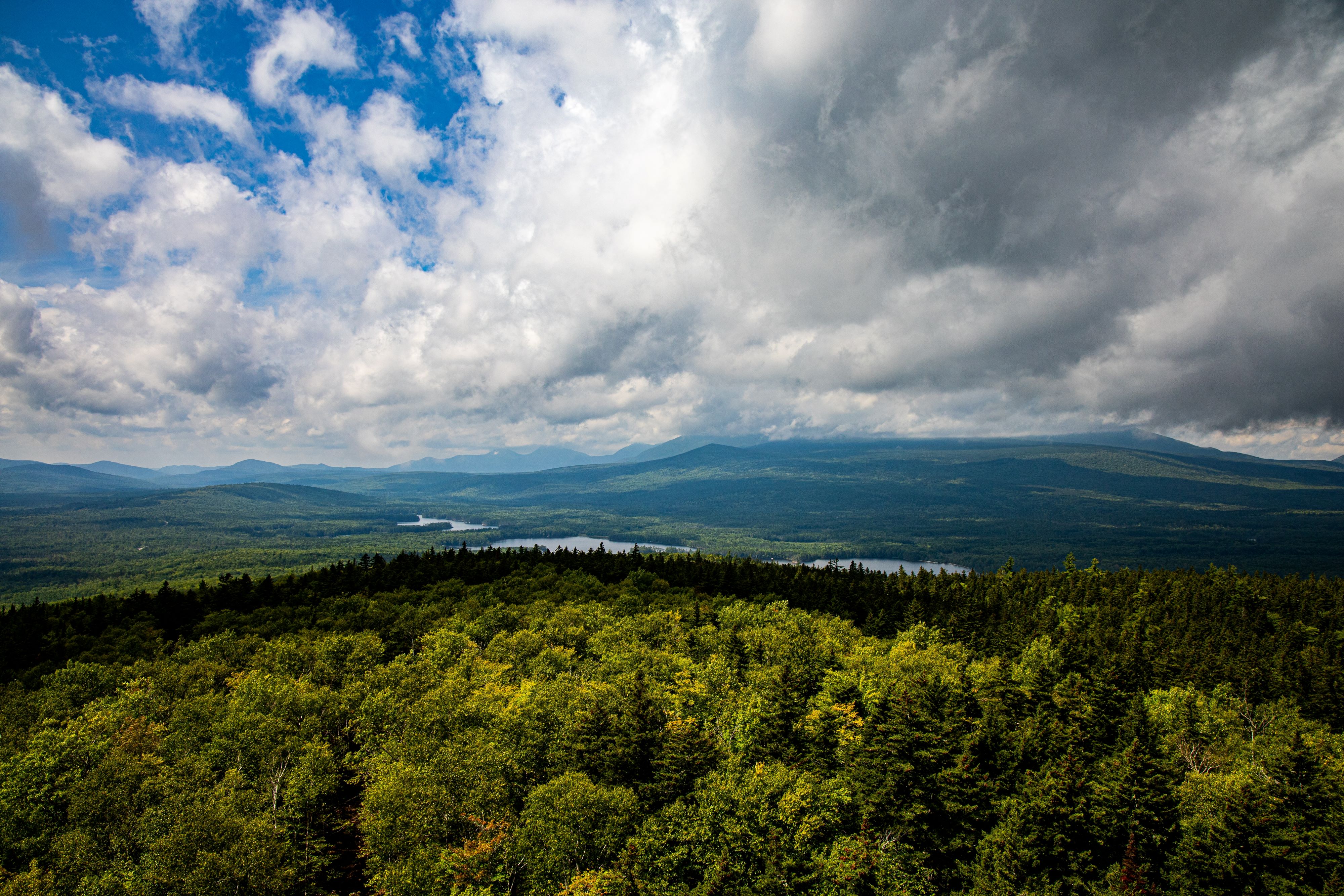
In New Hampshire, experience a mountainous escape complete with towering trees, then hike a trail that crisscrosses the U.S.-Canada border!
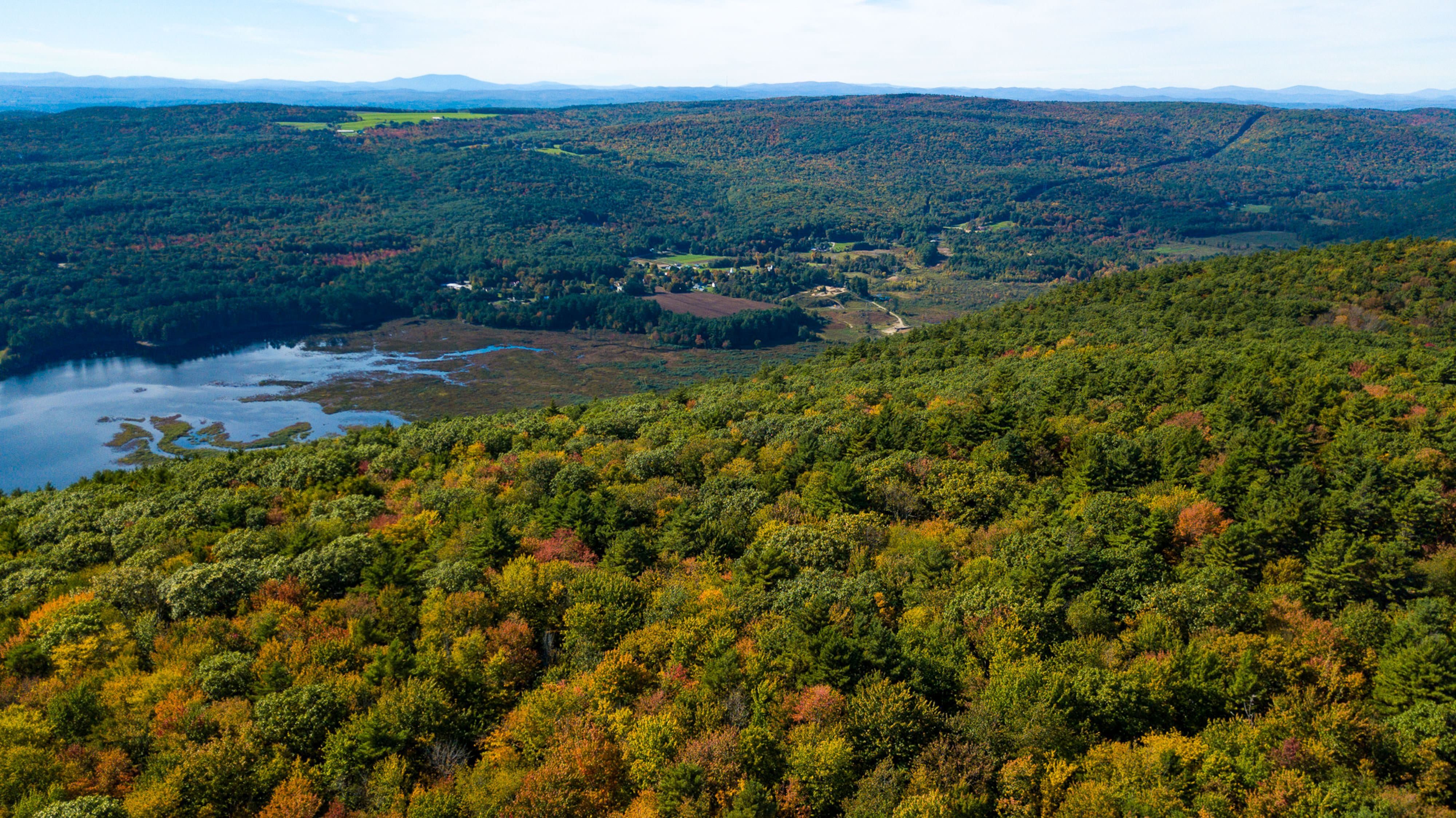
Visit Vermont, where you’ll climb over ancient floodplains before taking a trip through vernal pools, marshes and streams.
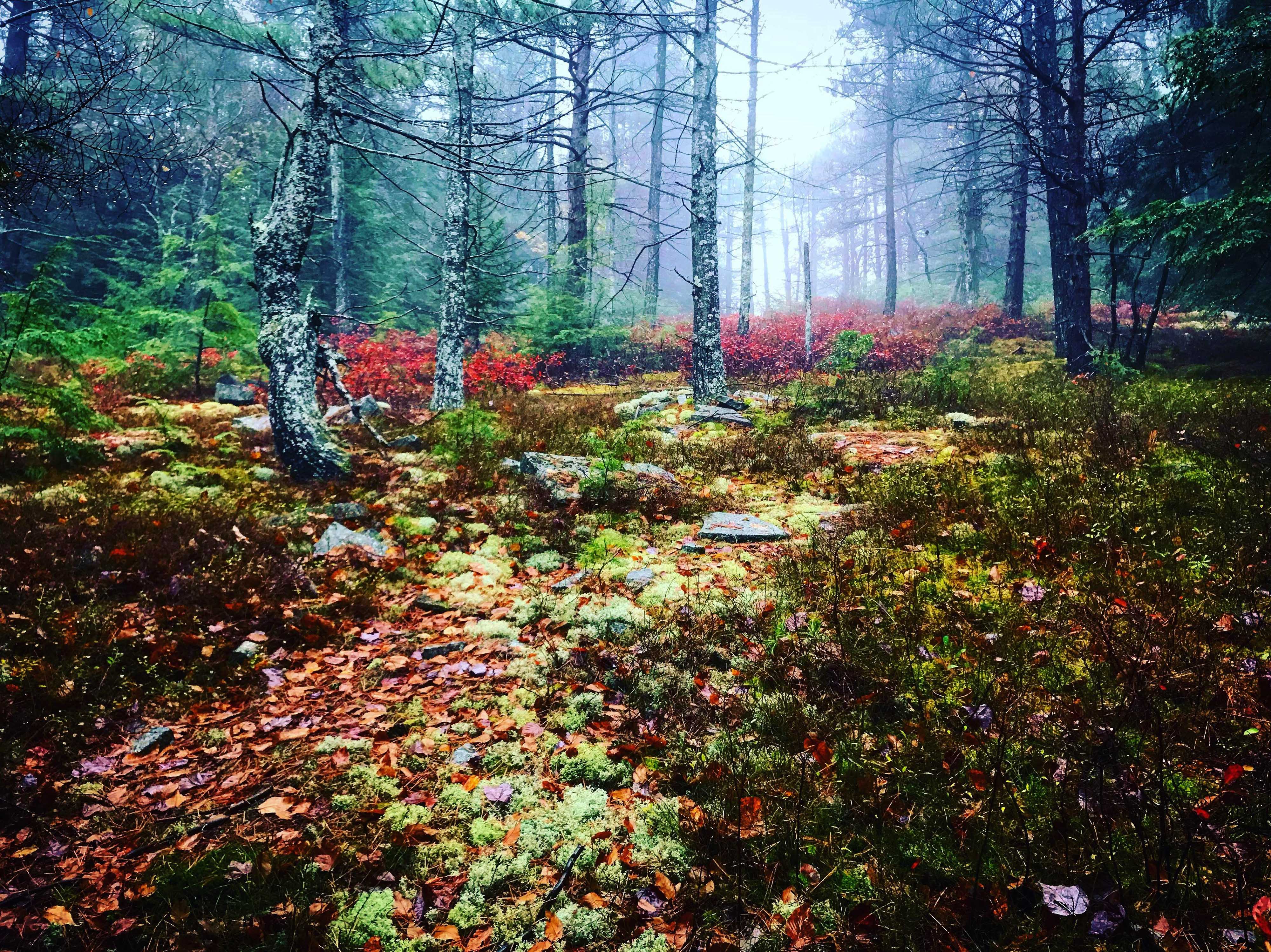
In Massachusetts, start your trip by exploring a trail nestled in a northern hardwood forest followed by a visit to a rare New England peat bog.
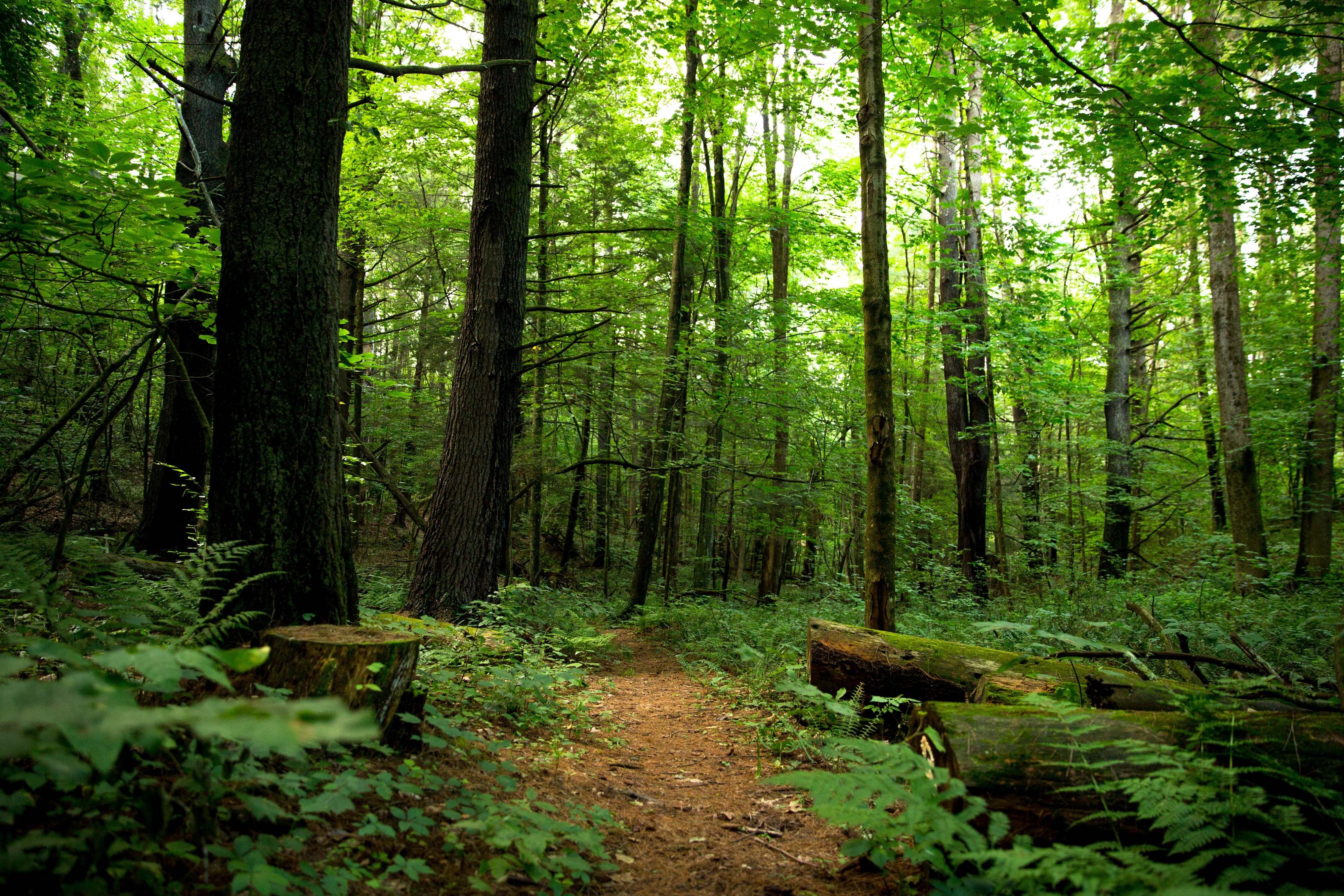
Binoculars are a must-have on your first stop, where migratory species like the cerulean warbler and scarlet tanager nest. Next, explore a preserve rooted in historical significance.

Experience an ancient glacier-formed wetland supporting rare plants followed by a visit to Bobcat Alley in northwestern New Jersey!

In New York, experience a 30-foot waterfall surrounded by towering hemlocks and hardwoods. Next, gear up for 12 miles of trails that include a portion of the Appalachian Trail.

Experience year-round hiking trails and fall birdwatching at Cove Mountain along the Kittatinny Ridge, a vital corridor of forest connectivity within the Central Appalachians. Then, make your way to Moosic Mountain for sweeping sunset views.

In Ohio, you'll experience 27 miles of scenic hiking through woodlands, prairies and streams followed by a visit to one of Ohio's largest privately protected wetlands.
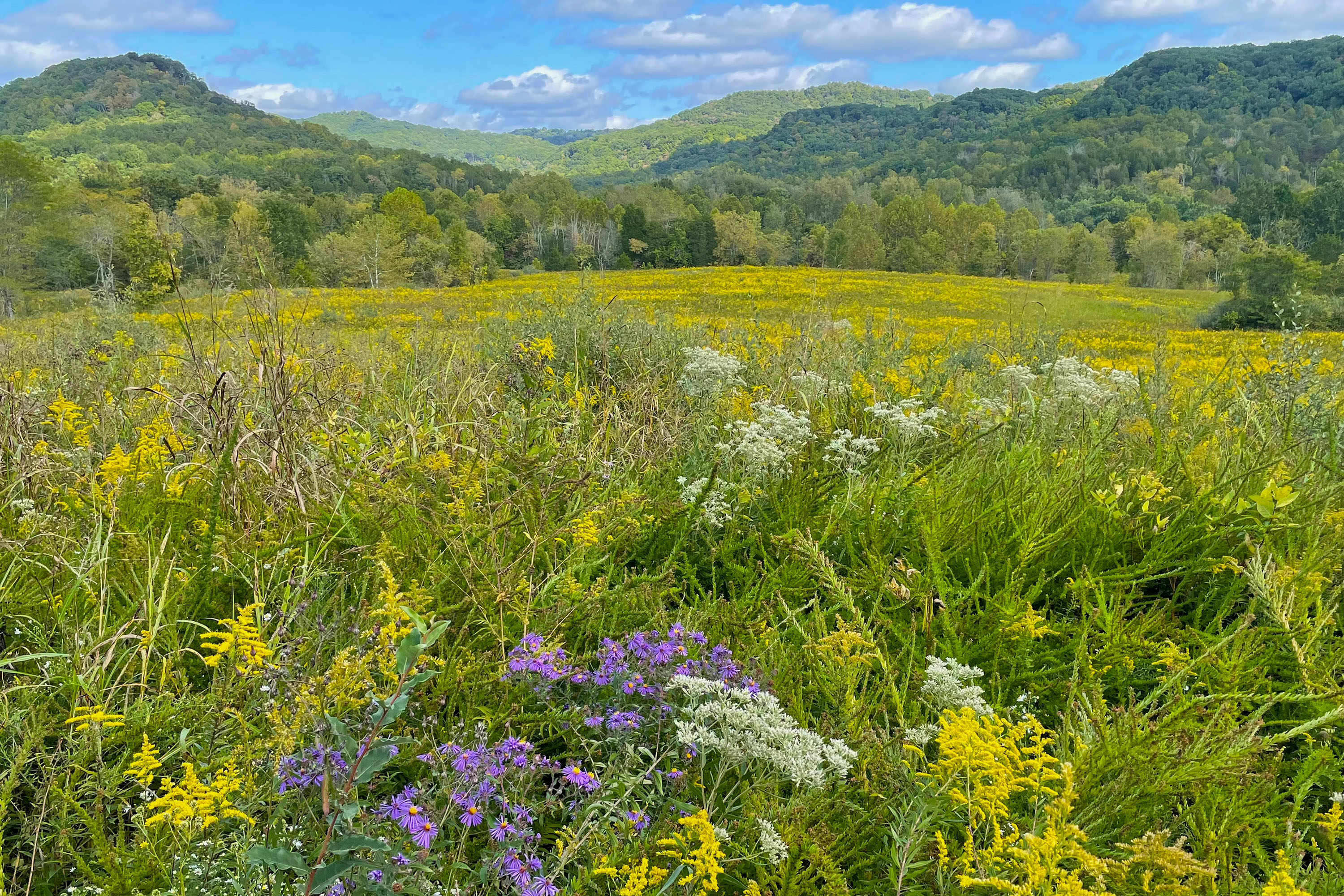
This Appalachians region is renowned for its lush, verdant landscapes and milder climate, which supports a rich diversity of plant and animal life. The Great Smoky Mountains, part of this region, are famous for their mist-covered peaks and dense forests teeming with wildlife. Unlike the rugged terrain of the north, the southern Appalachians feature more gently rolling hills and expansive valleys.
The region is also culturally rich, with deep-rooted traditions in food, music, crafts and folklore. In spring, the southern Appalachians burst into color with blooming wildflowers, creating a brilliant tapestry across the hillsides.
Visit Maryland, where you’ll traverse a 1,500-foot boardwalk over a bog and a unique window into ice ages past.
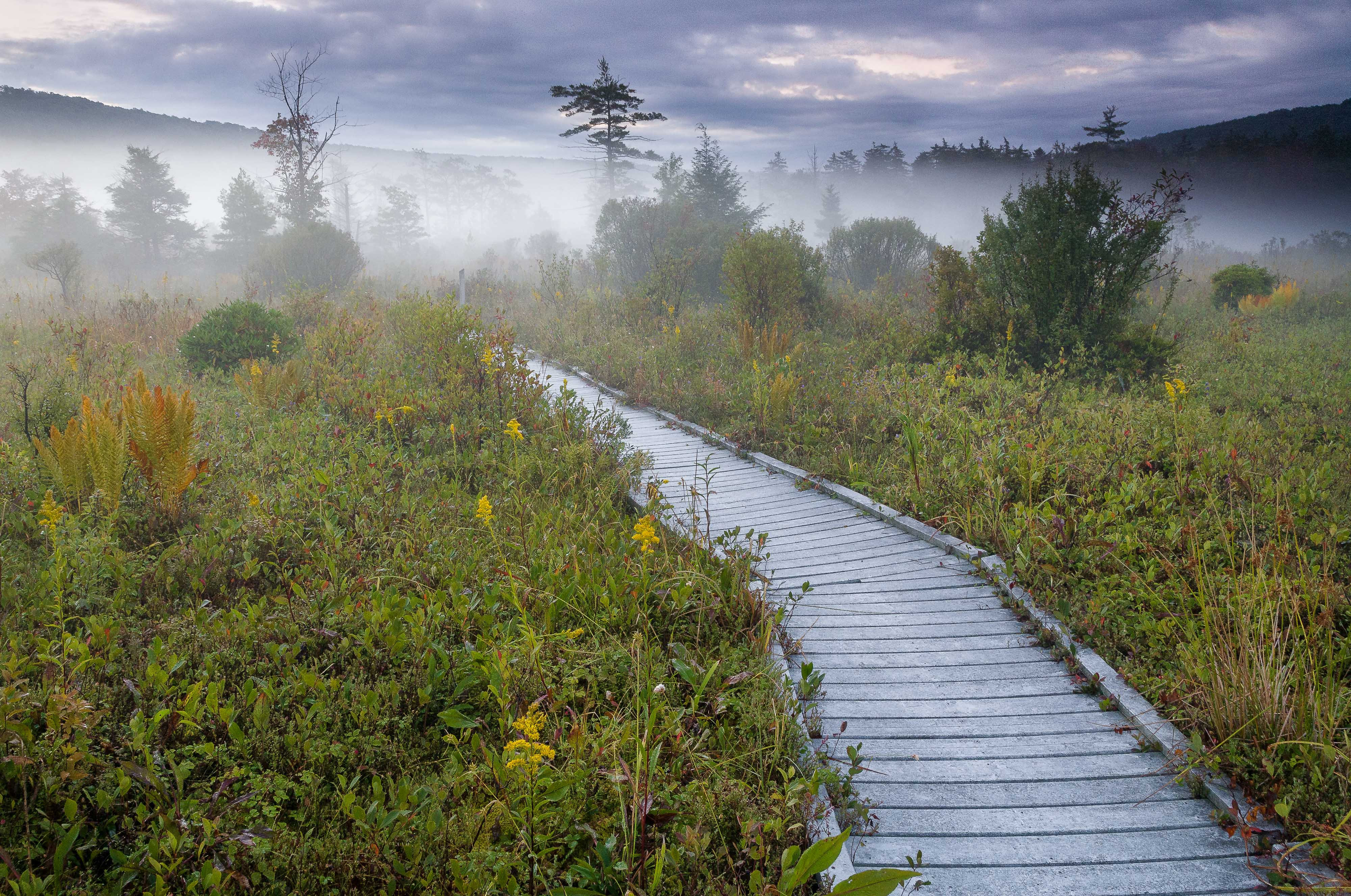
In Virginia, hike trails that offer gorgeous mountain views ideal for wildlife sightings and explore scenic waterfalls known as The Kettles.
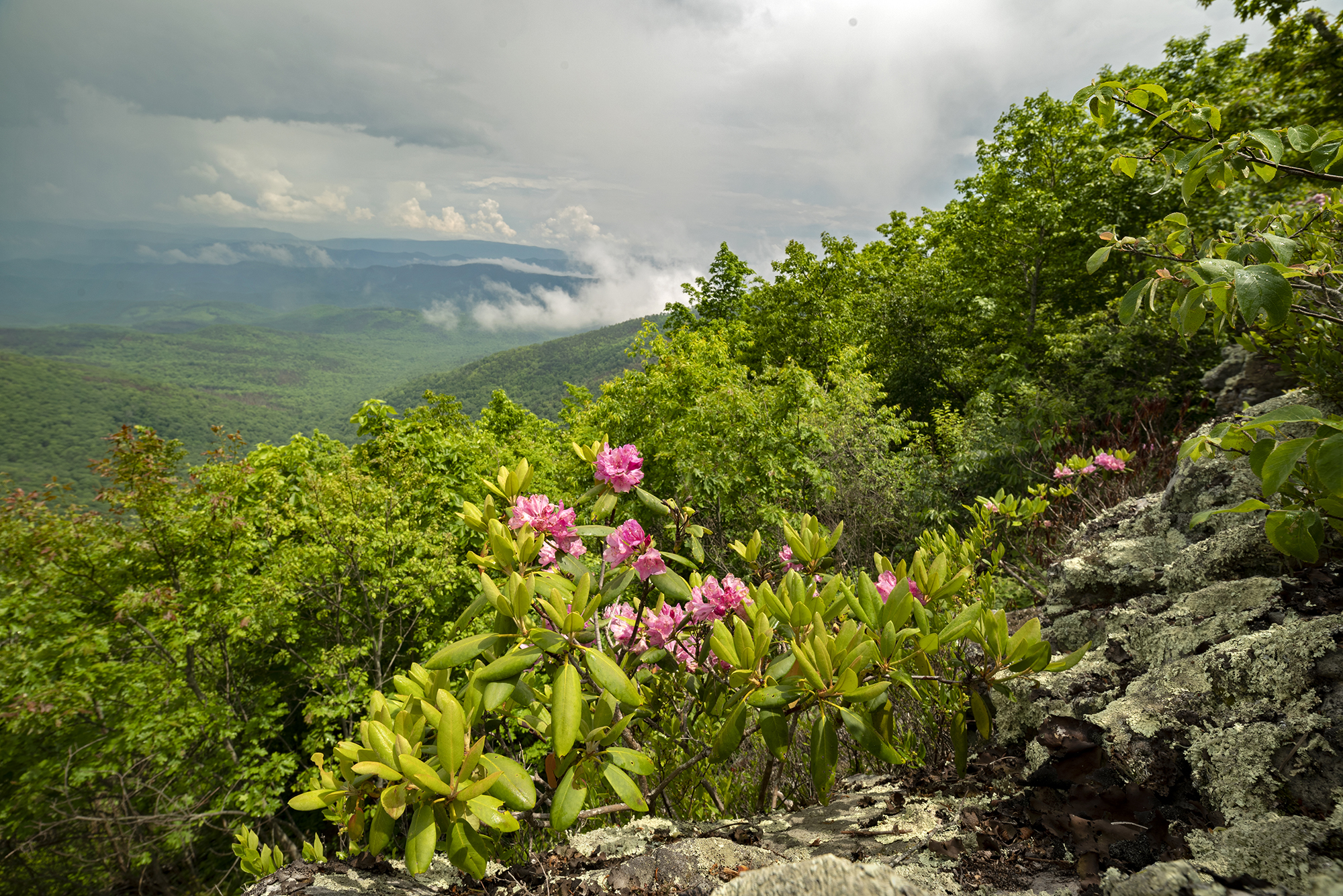
In Wild & Wonderful West Virginia, discover a haunting landscape that features stunted red spruce, ancient bogs and forlorn boulders. Then, take an exclusive hike of Ice Mountain, where you might catch a glimpse of an otter fishing or hear a coyote howling at dusk.
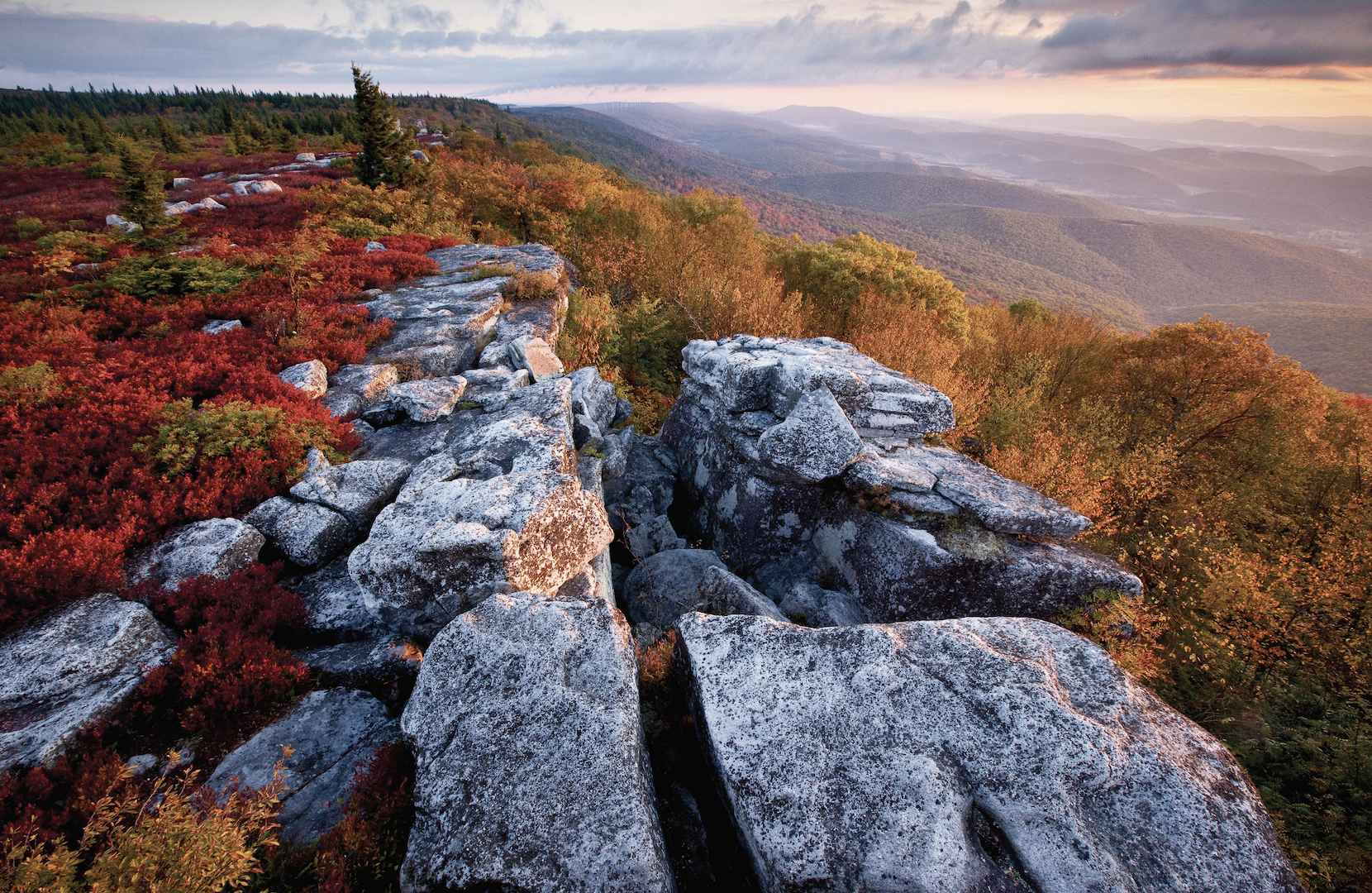
In Kentucky, hike to the 60-foot Bad Branch Falls through hemlock stands and rhododendron thickets, followed by a visit to see scenic gorges and sandstone bluffs.
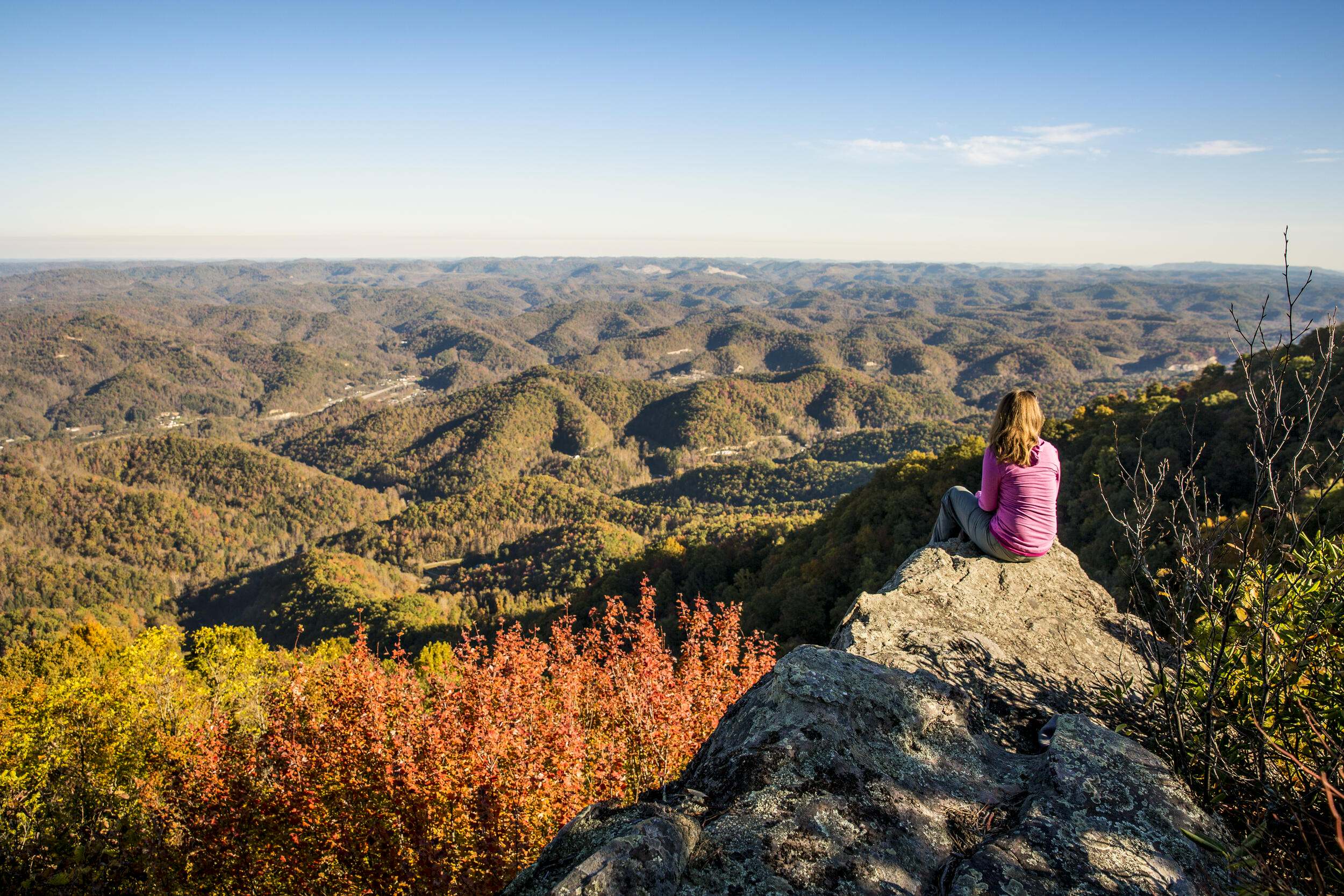
In this state, you'll visit a unique wetland with sandy springs supporting rare plants and explore remnants of peat wetlands.
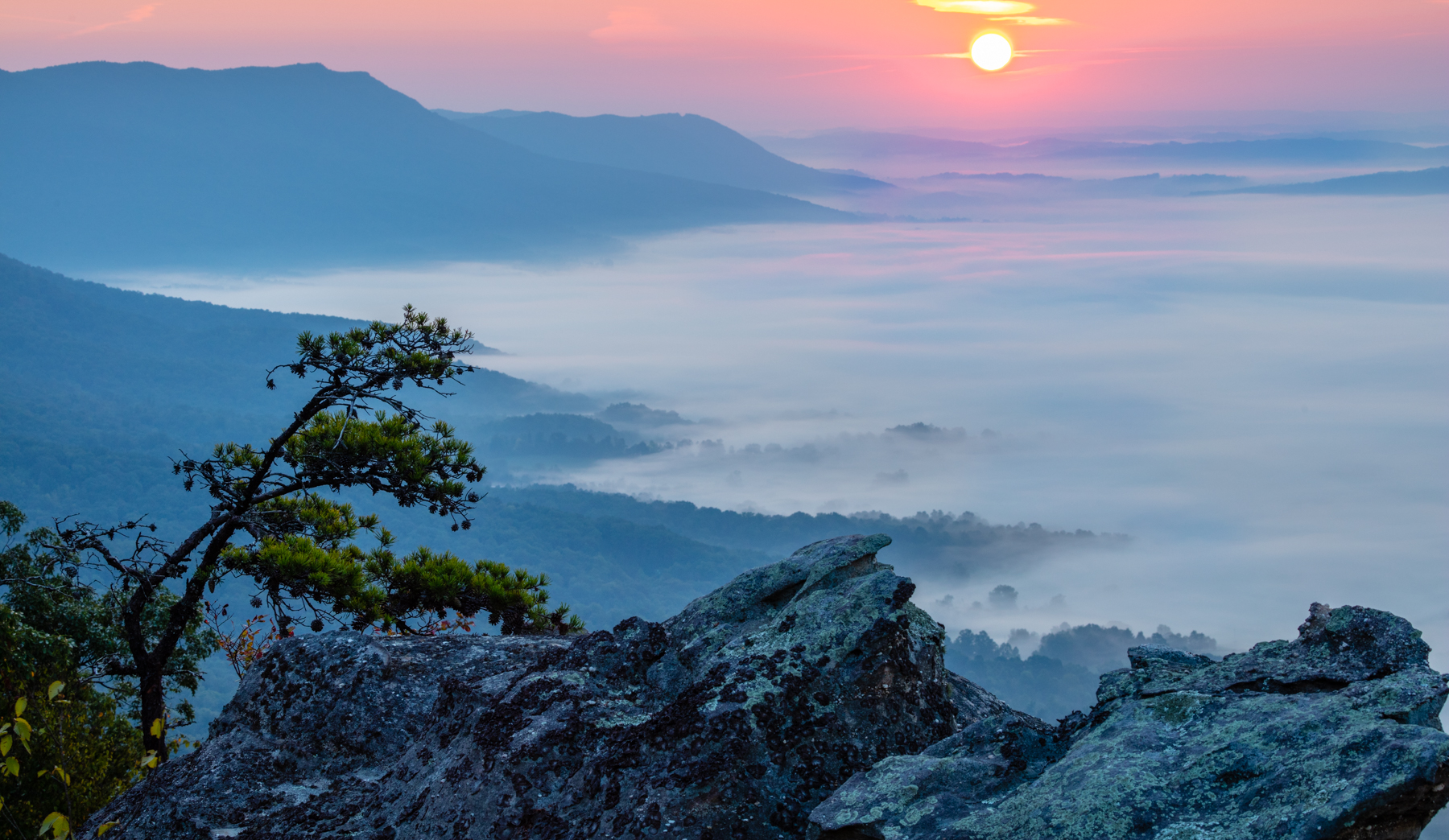
In North Carolina, take in rocky summits and views of the Blue Ridge Mountains before exploring a 6,000-acre backcountry area on the Continental Divide.
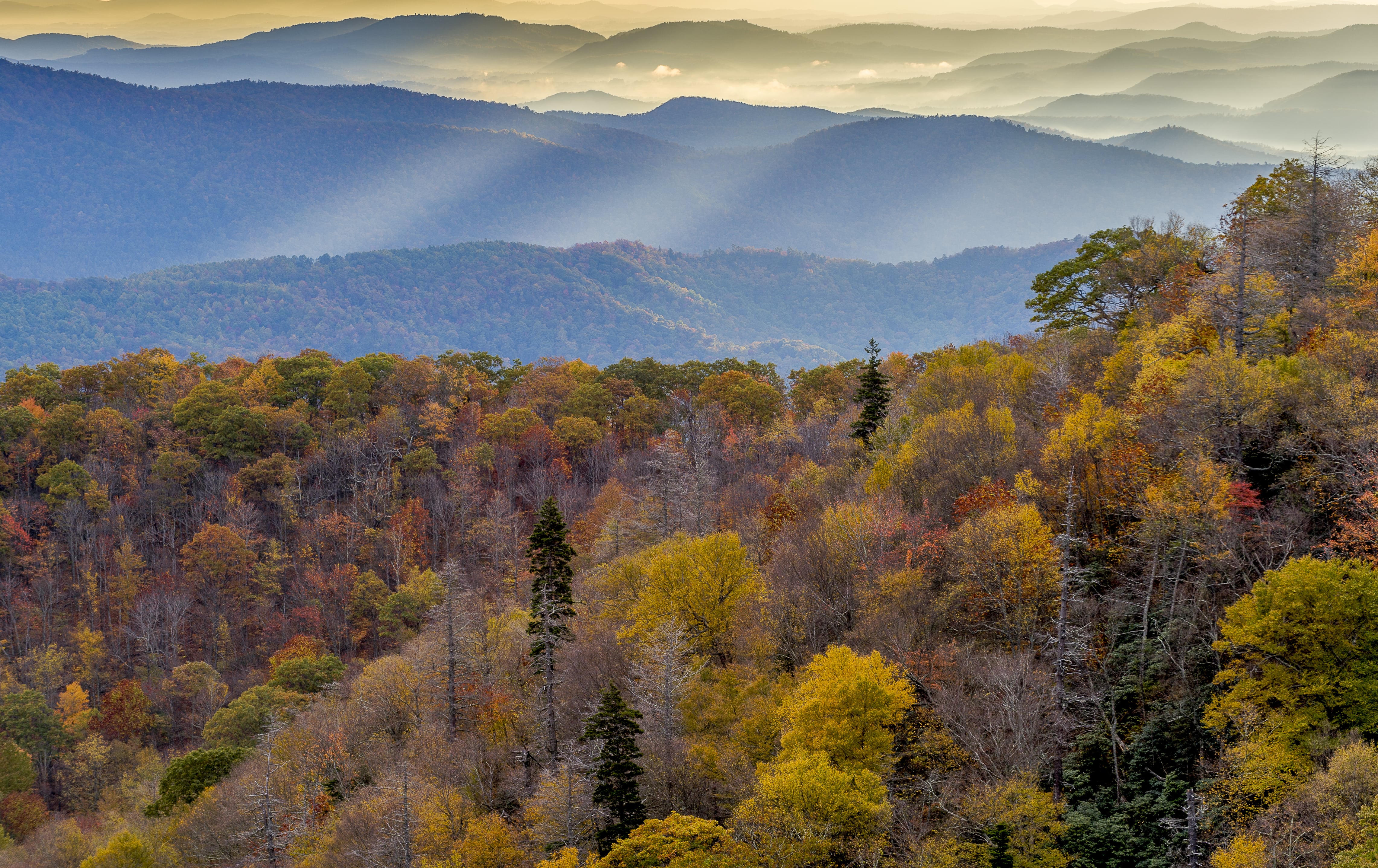
Immerse yourself in a wildflower hotspot with stunning spring blooms, then make your way to an ecological treasure featuring breathtaking waterfalls.
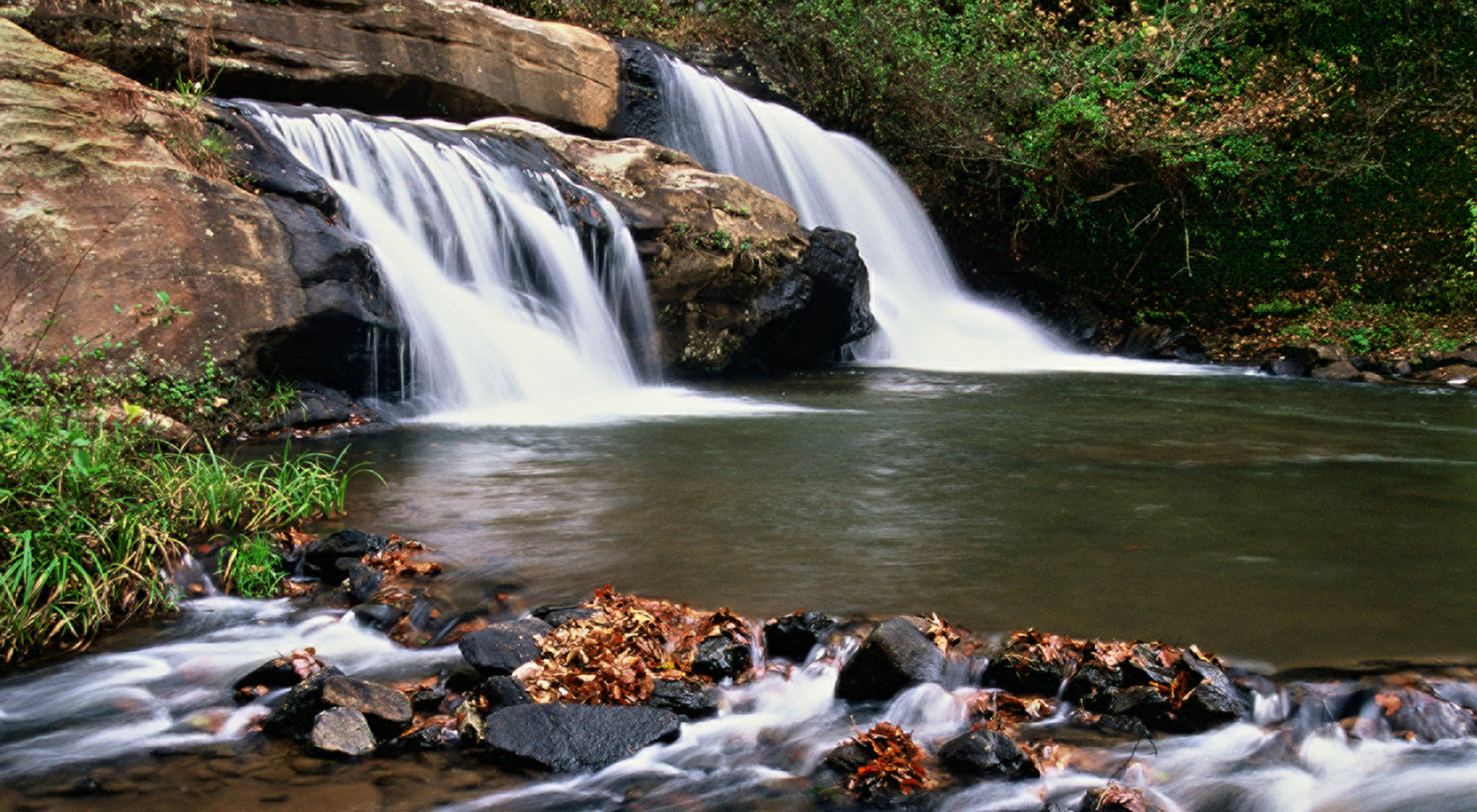
In Georgia, keep an eye out for the rare Conasauga logperch fish, found only in a 15-mile stretch of the Conasauga River. From there, visit a favorite spot for hikers and mountain bikers in the Cohutta Mountains.
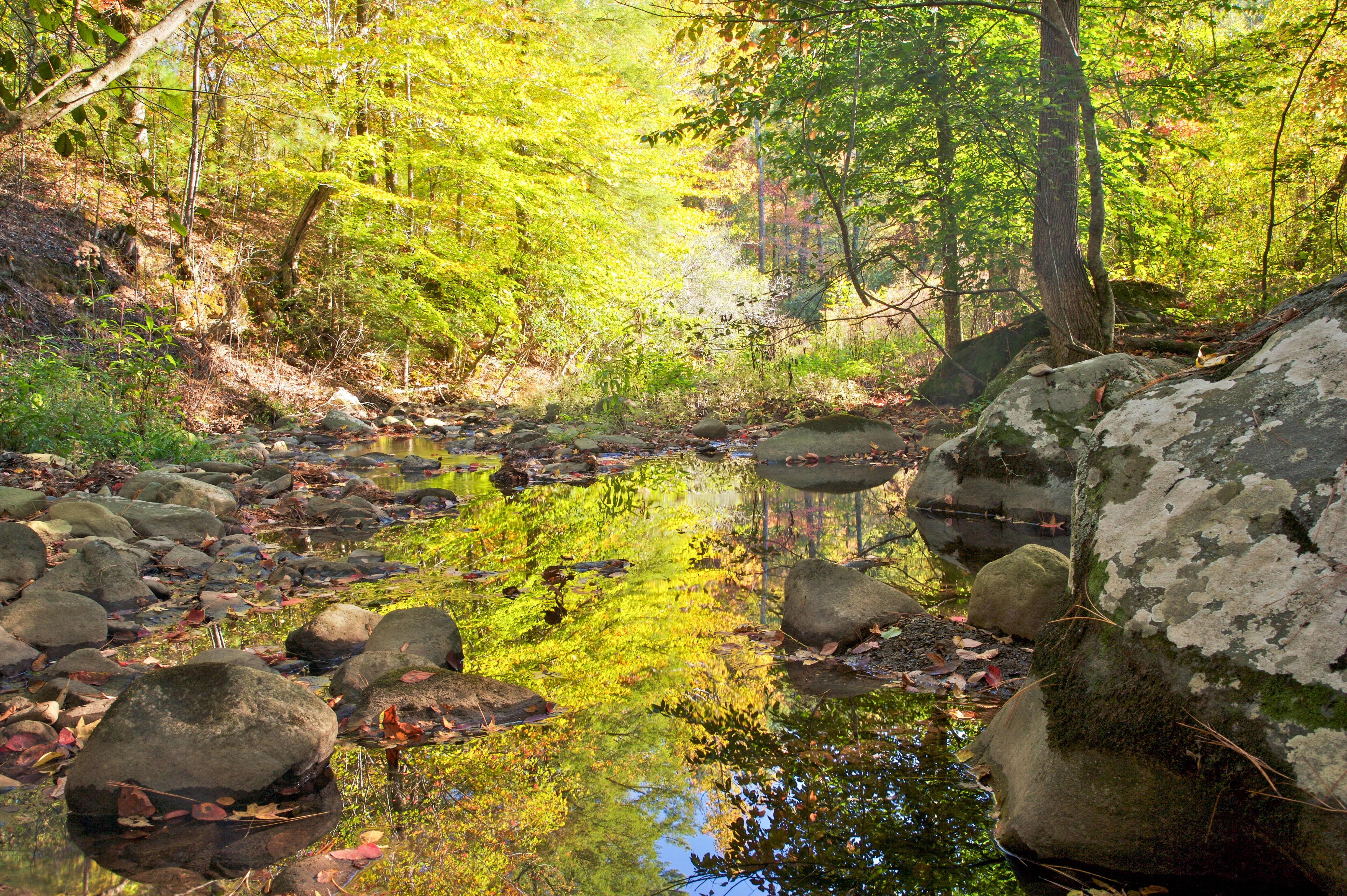
In Alabama, take in a stunning Limestone Cathedral and a migration corridor from the Gulf to the Appalachian Mountains.

Get ready to embark on an unforgettable journey through the ancient Appalachians. Click on a state below for recommendations on preserves to visit, directions and more.

Whether you're cruising down the highway or navigating scenic backroads, the right mix of tunes can turn a long drive into an unforgettable adventure. Download our Ultimate Appalachians Road Trip playlist on Spotify!
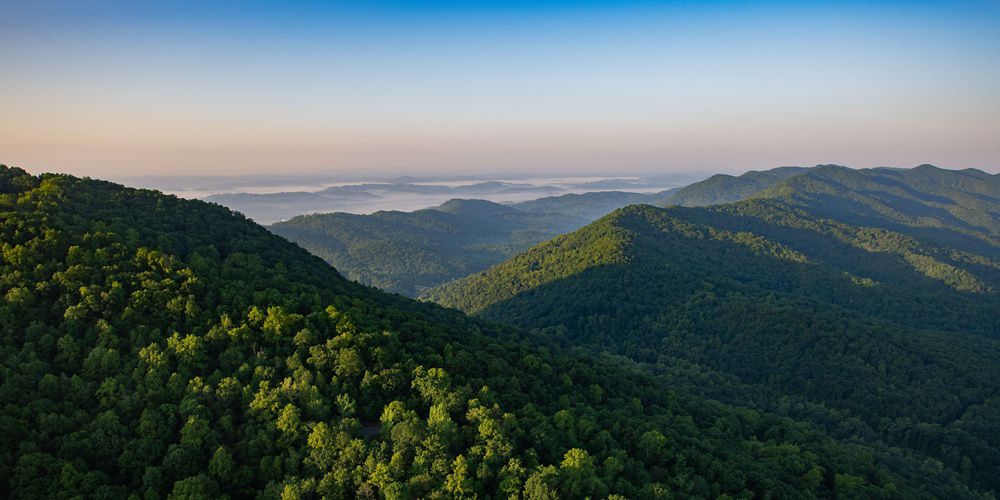
More than 400 million years ago, natural forces conspired to make the Appalachians one of the most resilient, diverse and productive places on Earth. This ancient chain of forested mountains, valleys, wetlands and rivers spans roughly 2,000 miles from Alabama to Canada.
Imagine a healthy, resilient and connected Appalachians landscape that supports the co-prosperity of people and nature for generations to come. To achieve this vision, The Nature Conservancy is working across geographical and political boundaries to implement bold solutions.

Sign up to receive monthly conservation news about your state chapter.